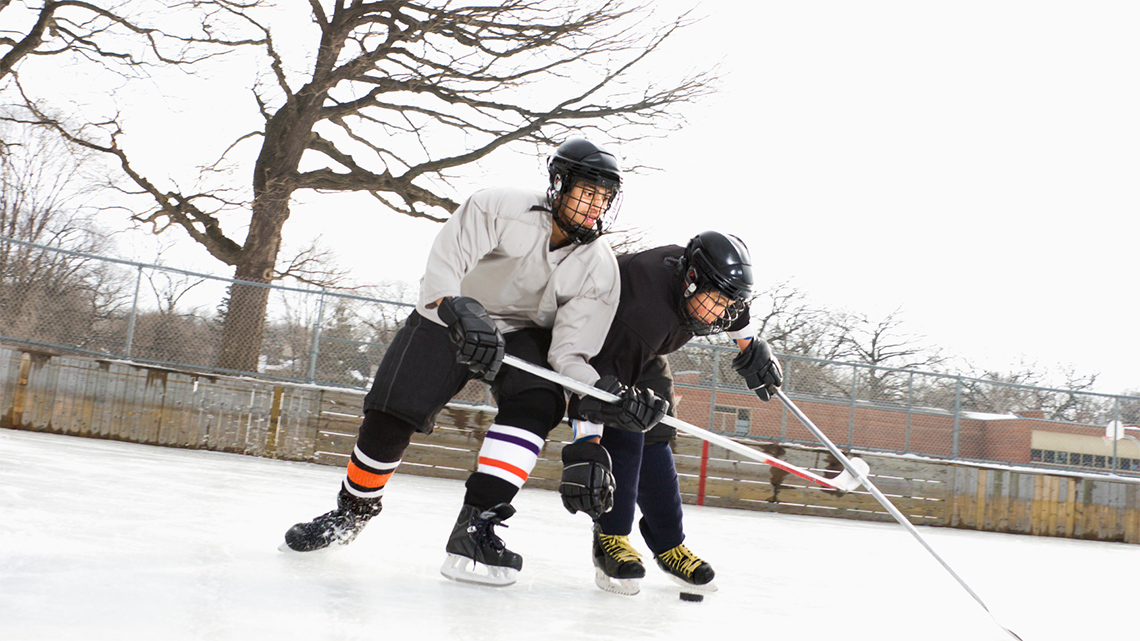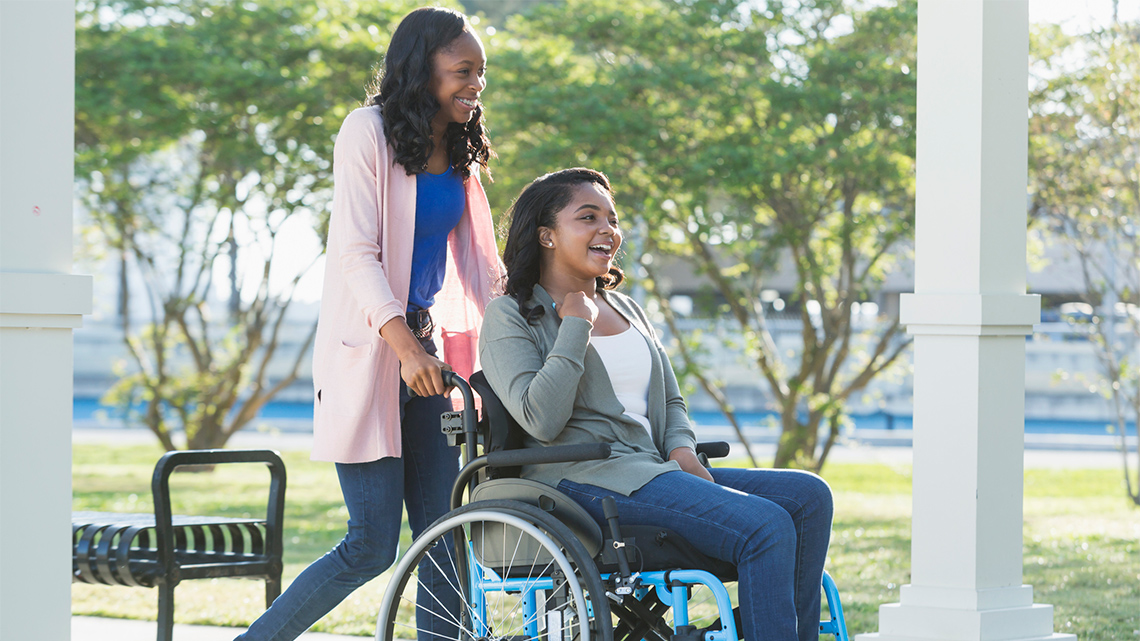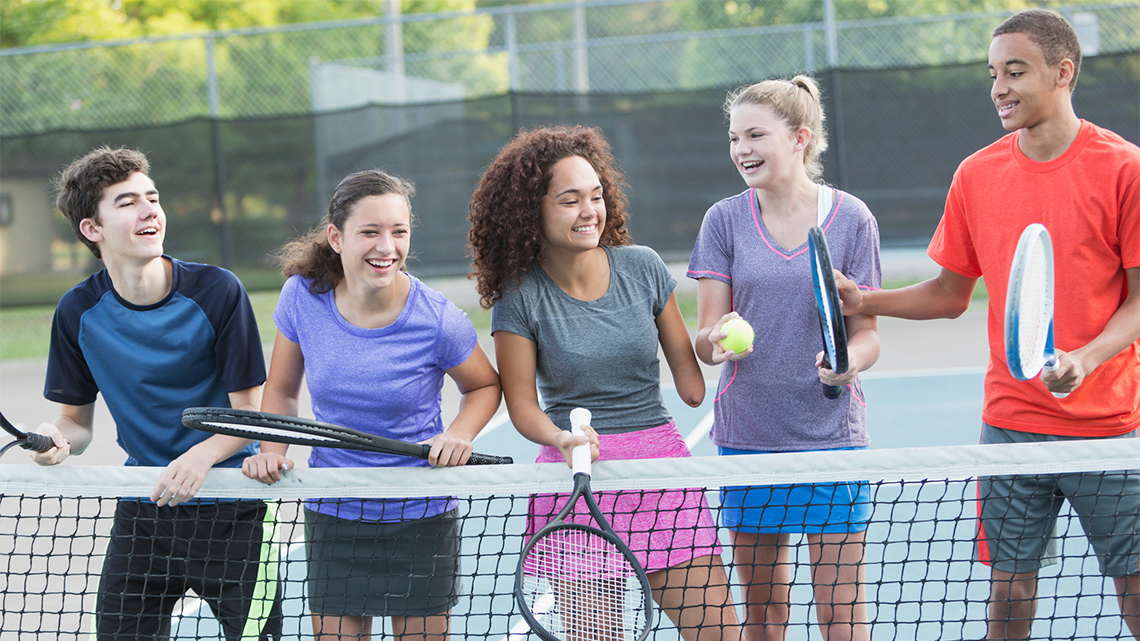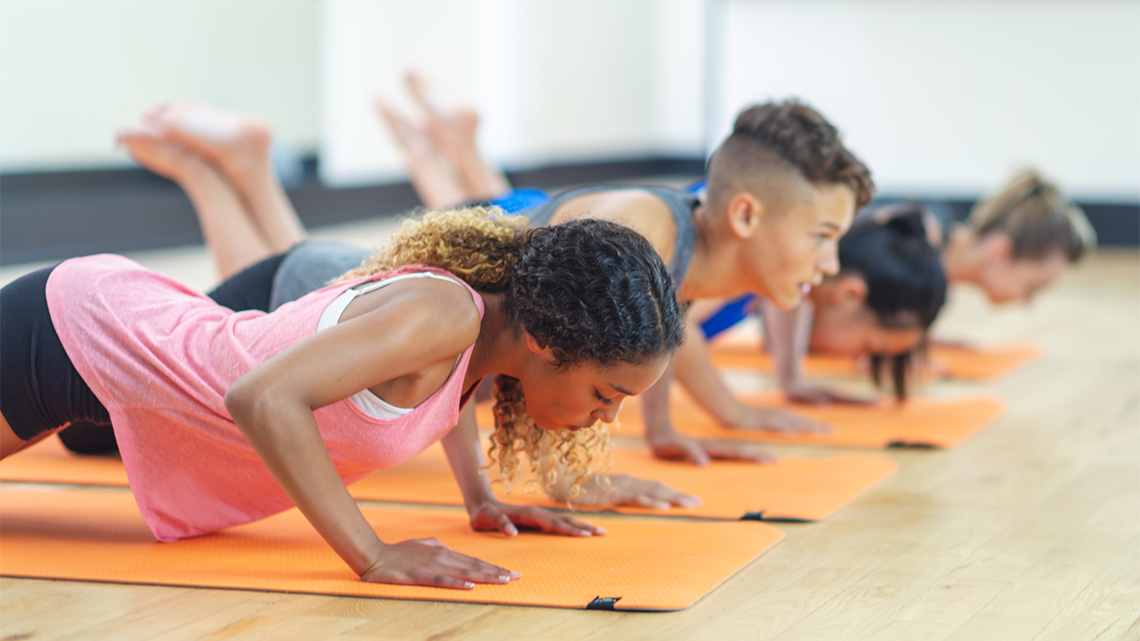Minds On
Do you do DPA?
What does physical activity appear, sound like, and feel like for you? What connections did you make between daily physical activity and other parts of your school day or what you do outside of school?
Share 3 DPA ways that you like to do.
Complete the My 3 DPA in your notebook or using the following fillable and printable document. If you would like, you can use speech-to-text or audio recording tools to record your thoughts.
| What's your DPA way | DPA activity | Benefit to me |
|---|---|---|
| My DPA way #1 | ||
| My DPA way #2 | ||
| My DPA way #3 |
Press the ‘Activity’ button to access My 3 DPA.
Action
Fast facts
Can daily physical activity improve your overall health and well-being?
Determine which of the following statements are True or False.
Select the correct answer, then press “Check Answer” to see how you did.
The correct answer to all of the statements is TRUE! Are you surprised by that? Many people assume that the only benefit to being physically active is fitness. That is false. Evidence suggests that physical activity contributes to the well-being of people of all ages. We can improve our health by adding 20 minutes of physical activity to our routine every day. The benefits can be physical, mental, and social, and affect our school, home, and community life!
Press the following tabs to access examples of the different benefits of DPA.
- strengthens bones and muscles
- helps with weight management
- improves sleep quality
- reduces tension, stress, and mental fatigue
- reduces levels of anger and frustration
- creates a sense of achievement
- makes you more reliable
- helps you find people just like you
- makes adjusting to new surroundings easier
Pause and Reflect
Pause and reflect
How can these benefits help grade 8 students improve their physical, mental, and social well-being?
Benefits to all ages
People of all age groups can enjoy the positive effects of including physical activity to their daily lives. It is never too late to get started – for a lot of reasons!
- helps control joint swelling and arthritis
- helps prevent heart disease
- enhances mobility
- decreases risk of falls
- improves cognitive function
Examine the interview with professional dancer and choreographer Sarah Robichaud.
You will now access the article “Ontario Brain Institute: How dancing can boost cognitive health”.
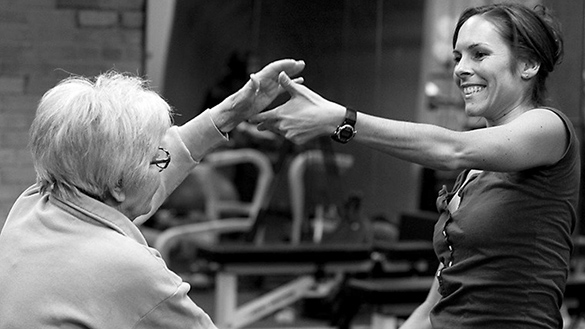
Press tvo today to access Ontario Brain Institute: How dancing can boost cognitive health.
TVO dot org (Opens in a new tab)Pause and Reflect
Pause and reflect
Why is it important for the senior population to continue to be physically active as they age? What benefits has Sarah experienced?
Benefits to learning
Physical activity can also directly impact the behaviour and development of the brain. During physical activity oxygen to the brain is increased and the number of neurotransmitters, molecules used by the nervous system to transmit messages between neurons, or from neurons to muscles, is increased. Both of these help with our ability to focus, concentrate, learn, and deal with stress.
Consider how being physically active can benefit students as they navigate their day at school, after school, and at home. Complete each sentence starter to provide a positive statement about the relationship between activity and learning.
Complete the Benefits of Being Active in your notebook or using the following fillable and printable document. If you would like, you can use speech-to-text or audio recording tools to record your thoughts.
Press the ‘Activity’ button to access Benefits of Being Active.
Pause and Reflect
Pause and reflect
How will you inspire others to participate in daily physical activity in your class, school, and community?
Consolidation
Be resourceful!
One strategy to make it easier for students, parents, and teachers to be physically active for at least 20 minutes every day would be to have a tool kit of ideas. Create a resource of activities that are simple and don’t require special equipment to do. Be sure that you include a variety of activities that are inclusive of all abilities. How you choose to present your resource is up to you. Maybe a podcast, video, booklet, power point presentation, or activity cards – be creative!

Check out the following ideas:
- go tobogganing, skating, swimming, or inline skating
- participate in local charity fun walks/wheels/runs
- household activities (mowing, raking, sweeping, vacuuming, gardening, washing the car, taking the dog out, washing windows, etc.)
- play catch
Pause and Reflect
Pause and reflect
How will you change your lifestyle to include at least 20 minutes of daily activity?
Reflection
As you read the following descriptions, select the one that best describes your current understanding of the learning in this activity. Press the corresponding button once you have made your choice.
I feel…
Now, expand on your ideas by recording your thoughts using a voice recorder, speech-to-text, or writing tool.
When you review your notes on this learning activity later, reflect on whether you would select a different description based on your further review of the material in this learning activity.
